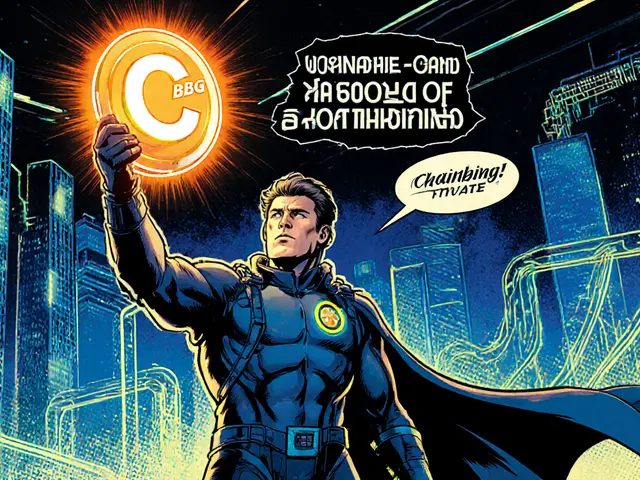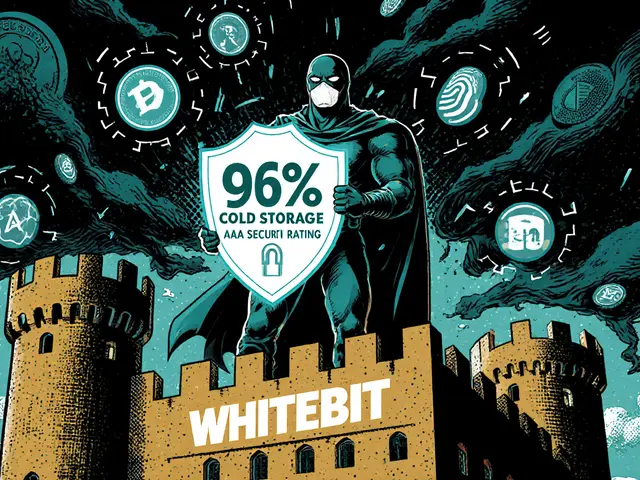Private Markets: What They Are and How Crypto Fits In
When you hear private markets, investment channels that aren’t open to the public and don’t trade on exchanges like the NYSE or Coinbase. Also known as unlisted markets, they include things like venture capital, private equity, and direct deals in startups or real estate—places where money moves slowly, quietly, and often only for those with deep pockets. For decades, these markets were locked behind walls: you needed millions to get in, legal teams to navigate the paperwork, and connections most people don’t have. But that’s changing. Now, crypto and blockchain are breaking those walls down—letting regular investors get exposure to assets that used to be off-limits.
Take venture capital, funding given to early-stage startups in exchange for equity. Traditionally, you had to be an accredited investor with a net worth over $1 million to even be considered. But now, tokenized shares and private blockchain networks are letting small investors buy fractions of startup equity through platforms that look like crypto exchanges. It’s not perfect—many of these deals are risky, unregulated, and lack transparency—but they’re real. Projects like Apex Fusion (AP3X) and EQIFI (EQX) aren’t just coins; they’re bridges between traditional finance and these new private market structures. And when you look at institutional investing, how large organizations like pension funds and hedge funds allocate capital, you see the same shift. Firms are now holding Bitcoin and Ethereum not just as speculation, but as a long-term asset class—like gold or real estate. Even regulated players like Bitnomial are building futures markets with physical delivery, making crypto part of institutional portfolios in ways that mirror private market strategies.
Meanwhile, the rise of private equity, buyouts and restructuring of private companies using pooled investor capital is getting tangled up with blockchain. Some tokenized funds now operate like private equity vehicles but with 24/7 trading, smart contract governance, and fractional ownership. The result? More access, more complexity, and more risk. You’ll find posts here that dig into exactly how this works—like how Wrapped Accumulate (WACME) lets one blockchain’s asset work on another, or how regulatory crackdowns in Kazakhstan show how energy policies can shut down entire mining sectors tied to private market infrastructure. Some of these assets are solid tools for developers. Others? Pure speculation with no real backing, like the non-existent Wrapped USDR. The line between innovation and fraud is thinner than ever.
What you’ll find below isn’t a list of crypto coins. It’s a map of where private markets are heading—and who’s still left out. Whether it’s a regulated U.S. exchange like Bitnomial, a risky Belarus-based platform like FREE2EX, or a token with no real use case like Wiener AI (WAI), each post cuts through the noise. You’ll see who’s building real infrastructure, who’s just rebranding hype, and how blockchain is turning old rules upside down. No fluff. No promises. Just what’s actually happening in the shadows of finance—and how you can understand it without being an insider.






